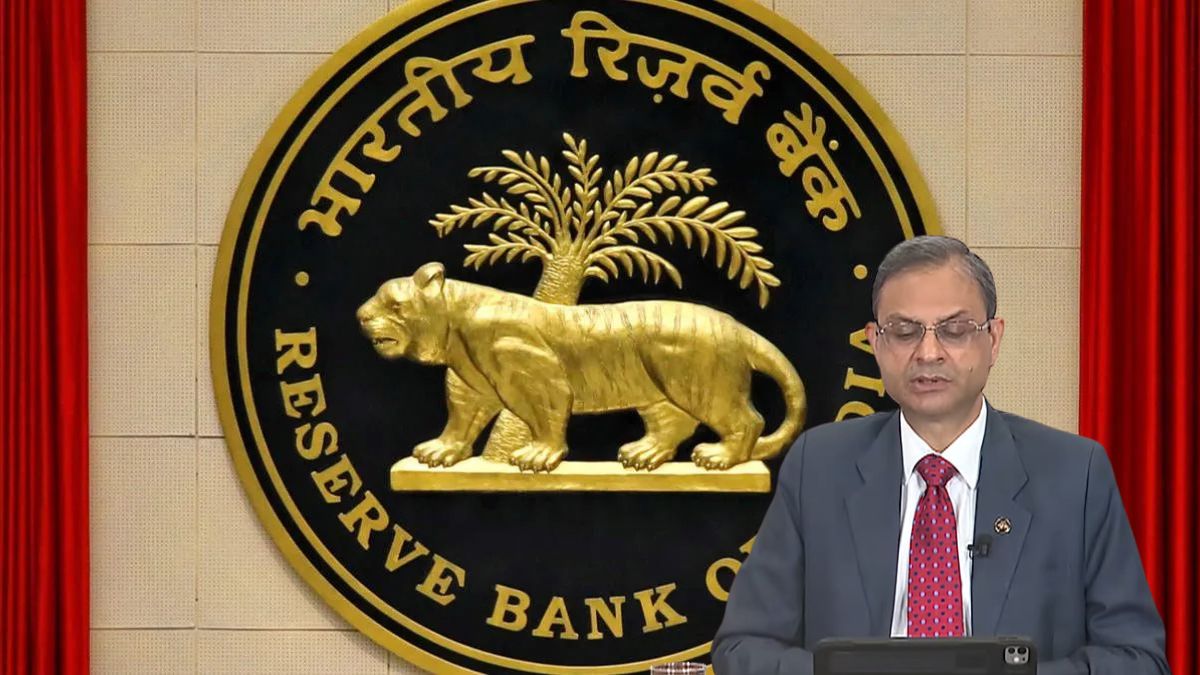RBI Repo Rate: After cutting interest rates in the last three monetary policy reviews, the Reserve Bank of India (RBI) on Wednesday opted to keep the repo rate unchanged at 5.5 per cent. This marks a pause after a total of 100 basis points (bps) reduction since February 2025. The RBI also maintained its “neutral” policy stance, citing concerns over external uncertainties like potential tariff threats.
Announcing the third bi-monthly monetary policy for the financial year 2025–26, RBI Governor Sanjay Malhotra said that the central bank has retained its GDP growth projection at 6.5 per cent for the year.
“Over the medium-term also, the Indian economy holds bright prospects in the changing world order drawing on its inherent strength, robust fundamentals, and comfortable buffers. Opportunities are there for the taking, and we are making all efforts to create enabling conditions through a multi-pronged yet cohesive approach to policy making,” RBI governor Sanjay Malhotra said.
Since February 2025, the RBI has cut its policy rate by a total of 100 basis points: 25 bps in February, 25 bps in April, and a surprise 50 bps cut in June, before shifting its policy stance from “accommodative” to “neutral”.
What Is Repo Rate?
The repo rate is the interest rate at which the RBI lends money to commercial banks, typically against collateral like government securities. It’s a vital monetary policy tool used to manage liquidity, credit and inflation in the economy. The term ‘repo’ stands for Repurchase Agreement. Under this arrangement, banks borrow money from the RBI by selling government securities with an agreement to repurchase them at a later date at a predetermined price.
In simple words, just like when common people need money, they take a loan from the bank and pay interest on it. Similarly, commercial banks take loans from the RBI and pay fixed interest. For taking loans from the RBI, banks sell their valuable things like government treasury bills, gold and bonds, etc. to the RBI and take money in return. When the bank repays the amount taken from the RBI, it can buy the sold items again.
How Repo Rate Affect Economy?
Controls Money Supply: When inflation is high, the RBI may raise the repo rate. This makes borrowing costlier for banks, which in turn pass the cost to consumers. As borrowing becomes expensive, spending reduces, cooling down inflation.
Impacts Loan Rates and Credit Availability: Higher repo rates mean costlier loans. Home loans, car loans, and personal loans become more expensive. This discourages borrowing and spending, helping tame inflation.
Shapes Inflation Expectations: Beyond actual lending rates, changes in the repo rate serve as signals to markets. When the RBI raises rates, businesses and consumers anticipate tighter monetary conditions. This behavioural shift can help curb inflation even before broader effects kick in.
How Is Repo Rate Calculated?
According to Forbes, the repo rate can be calculated using this formula:
Repo Rate = ((Repurchase Price – Original Selling Price) / Original Selling Price) × (360 / n)
Here:
n = number of days till maturity
Repurchase Price includes original price + interest
Original Selling Price refers to the cost of securities sold to the RBI
